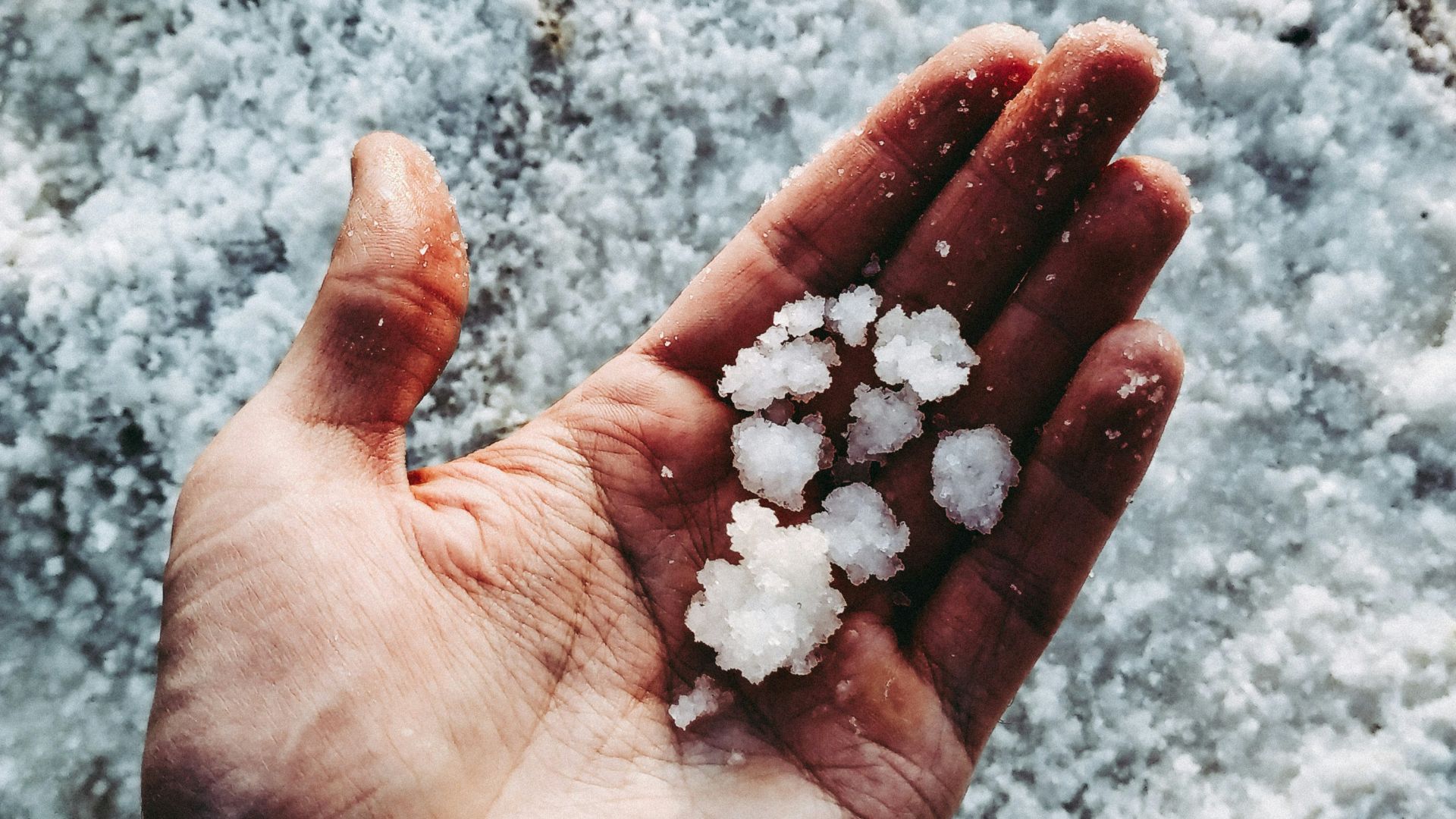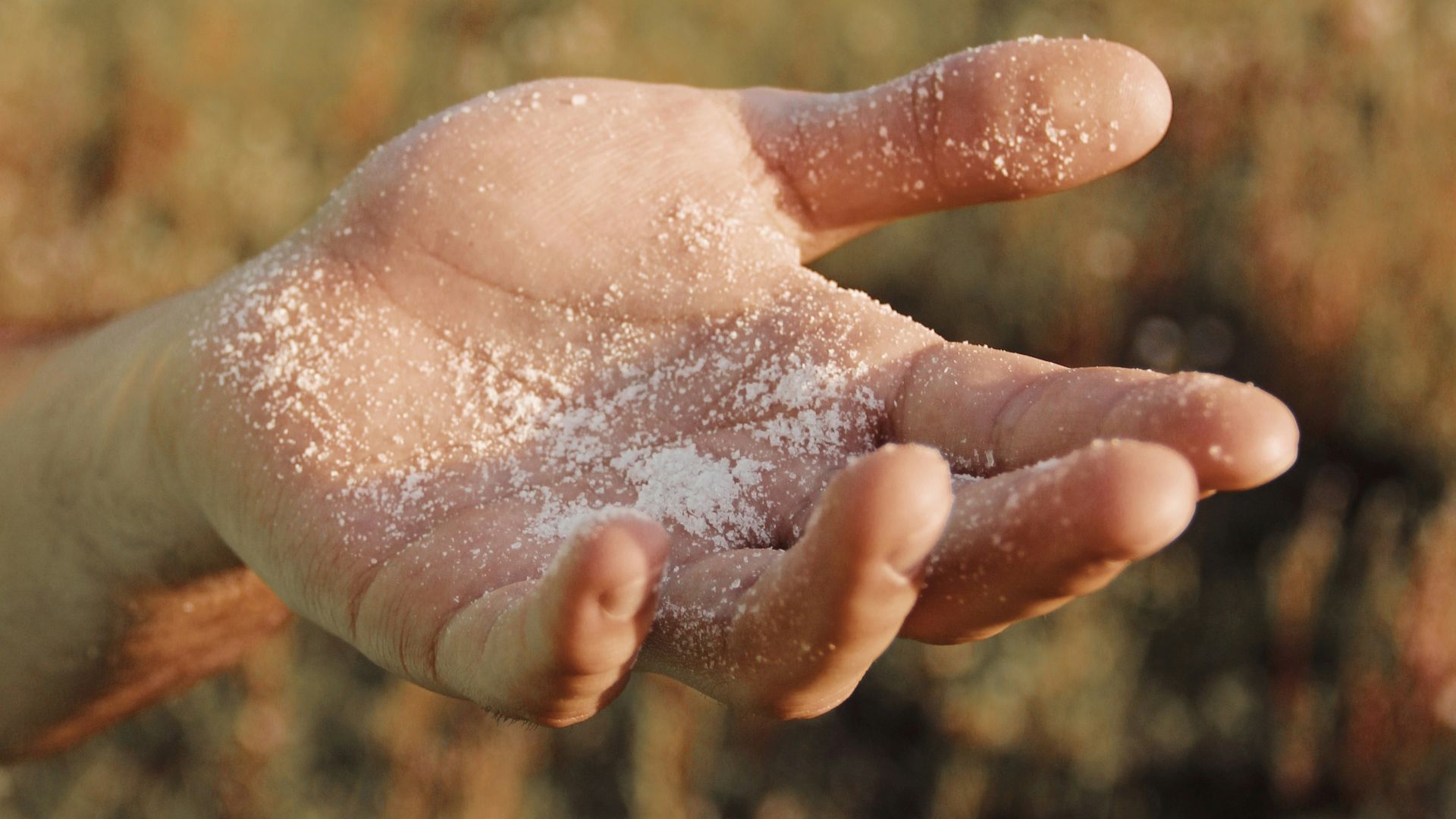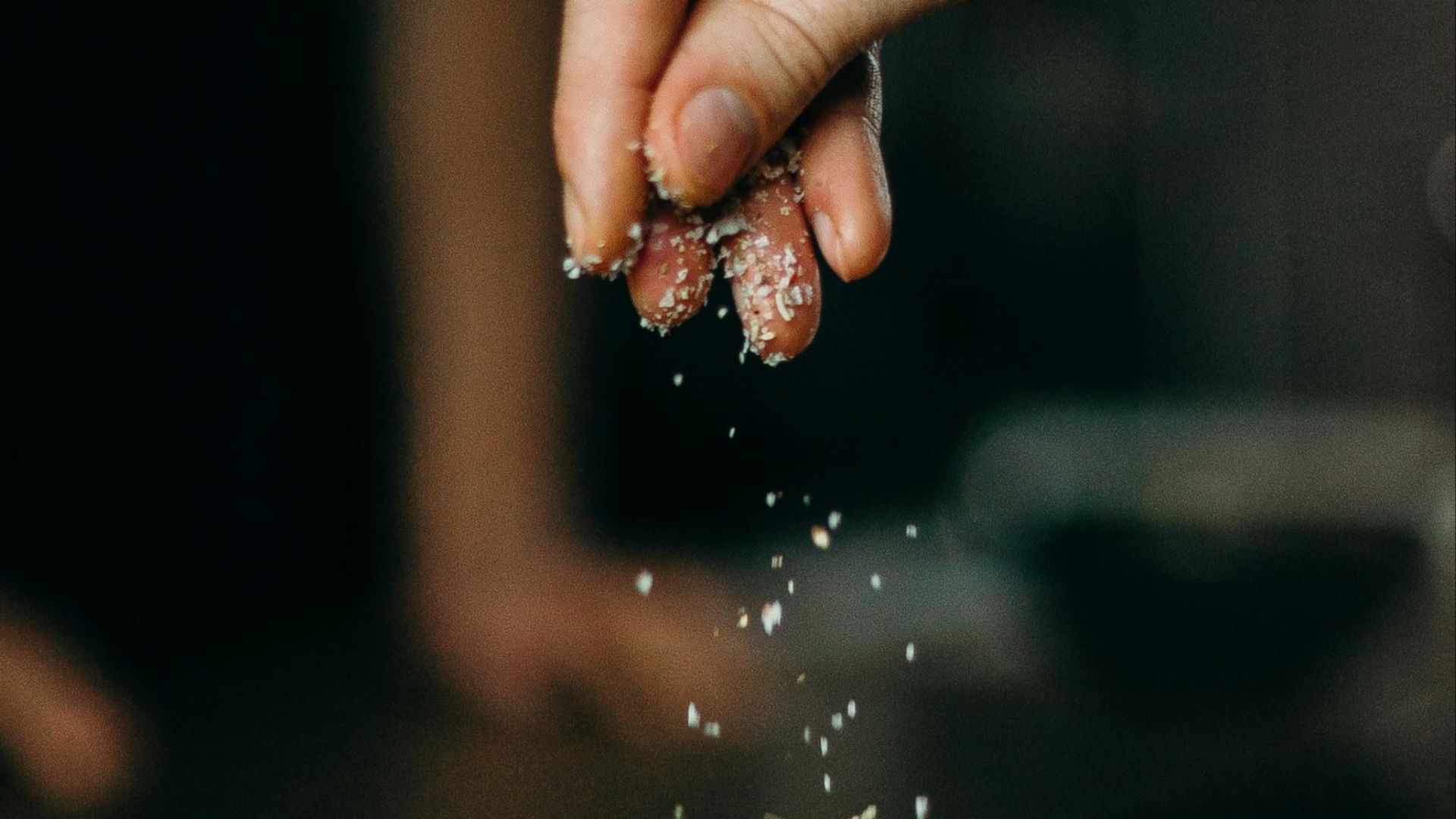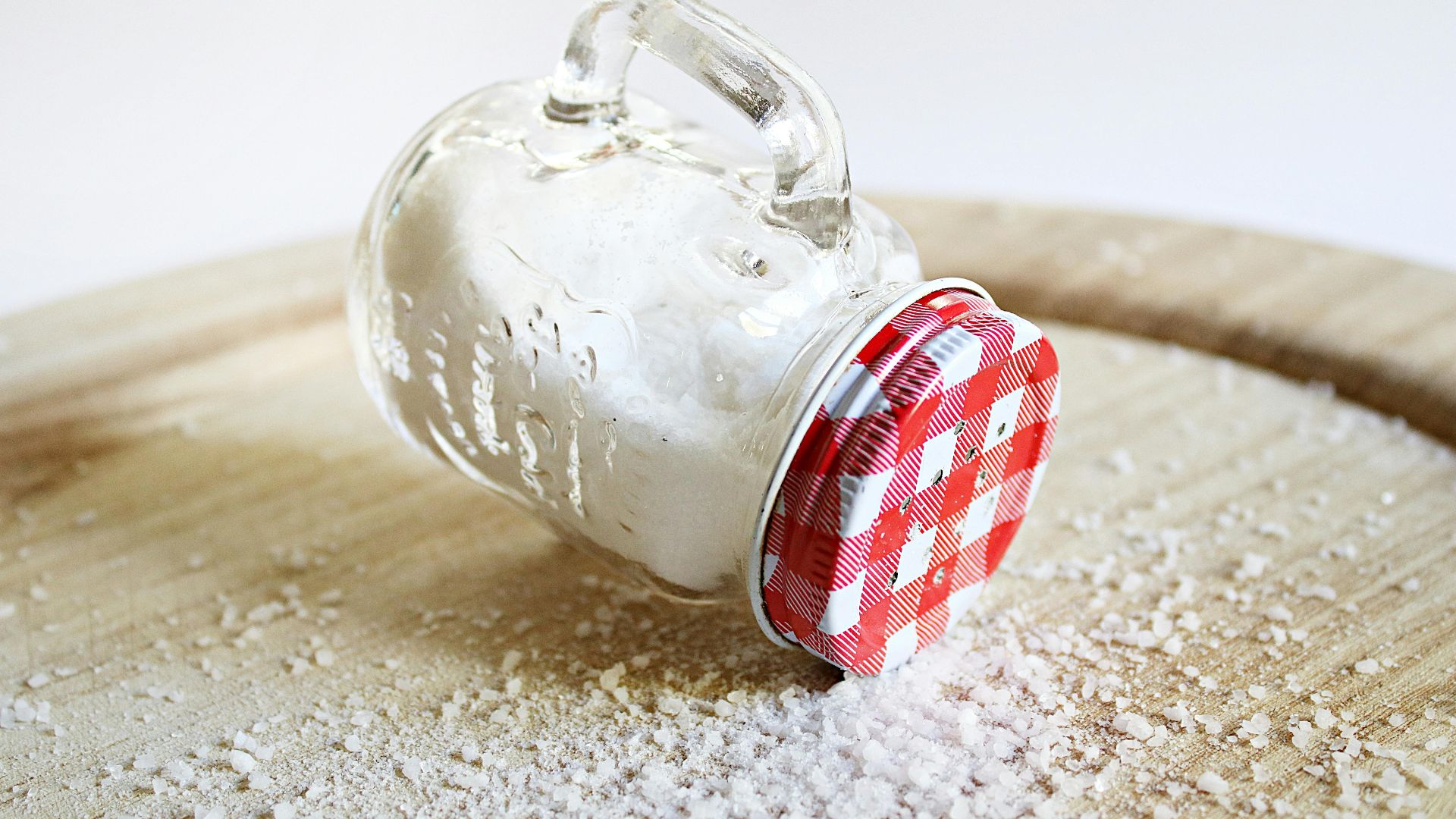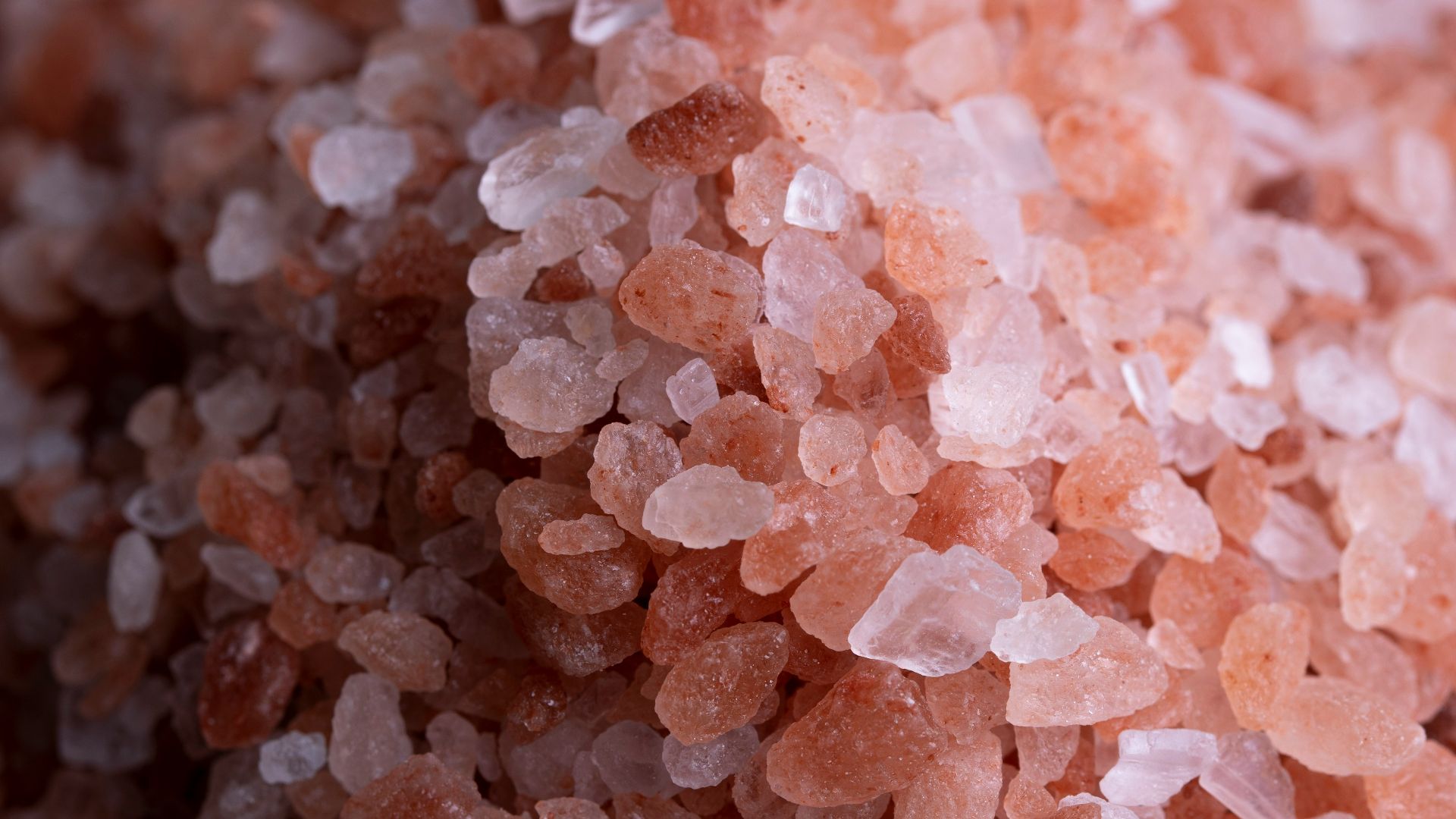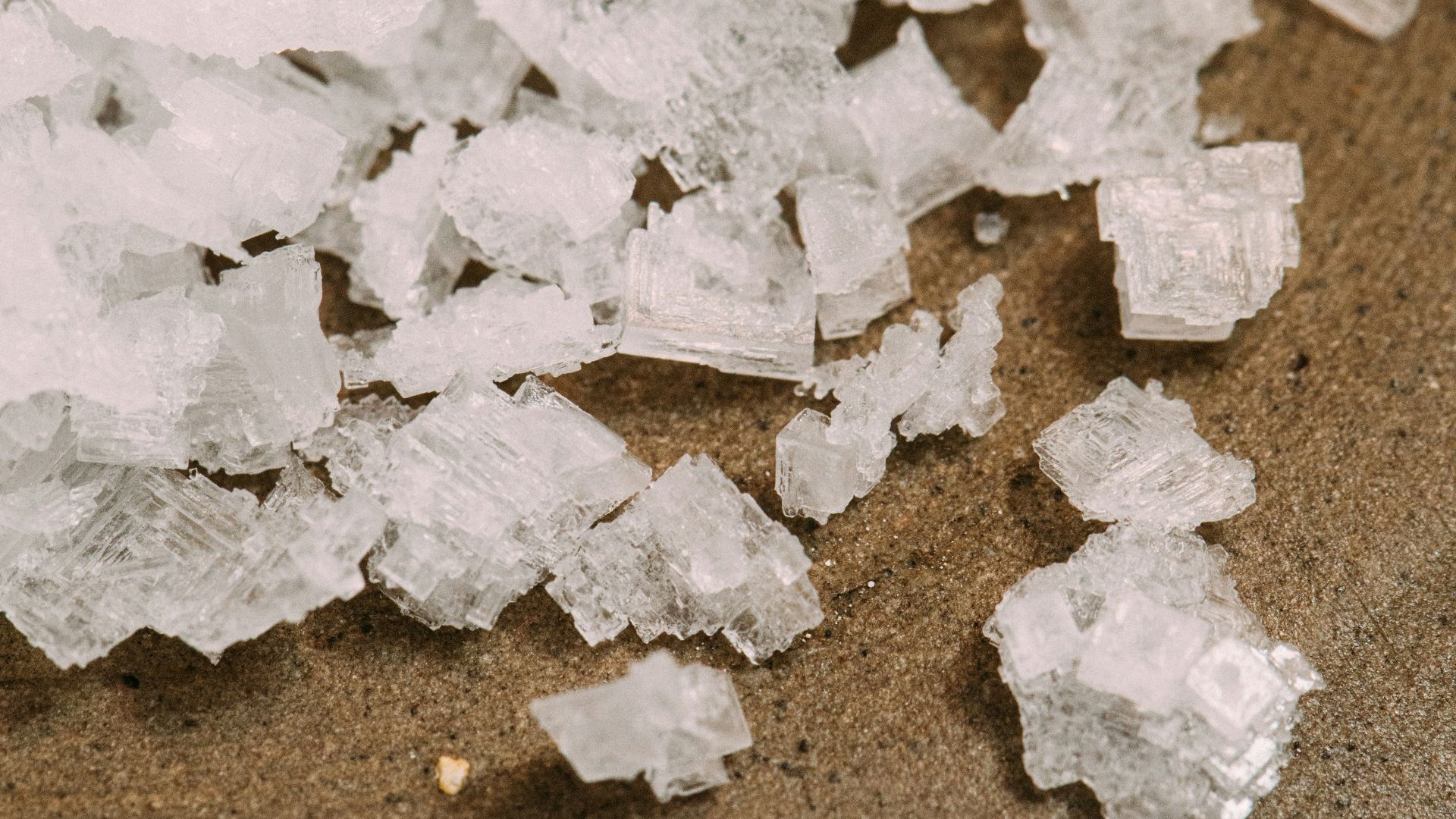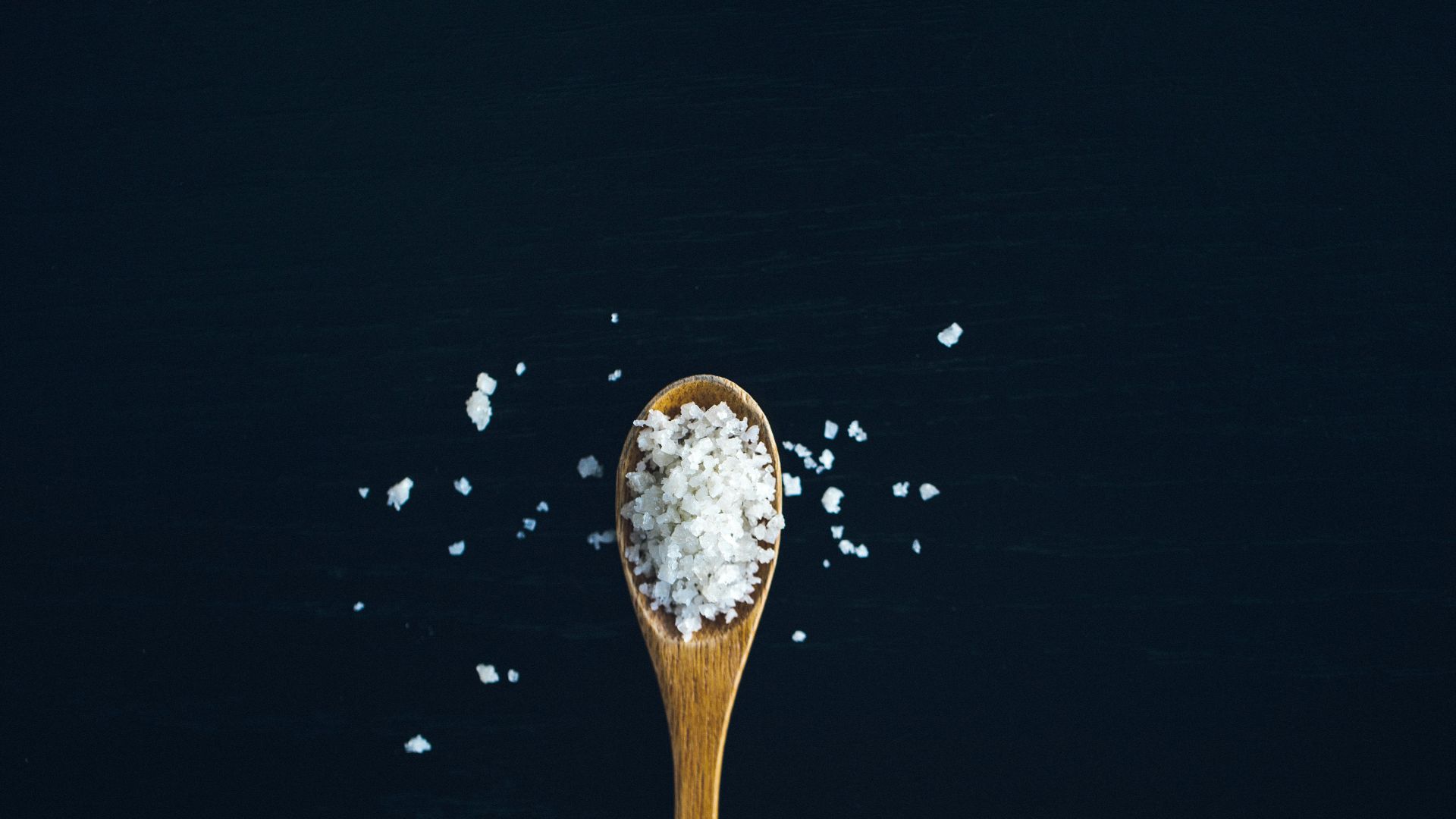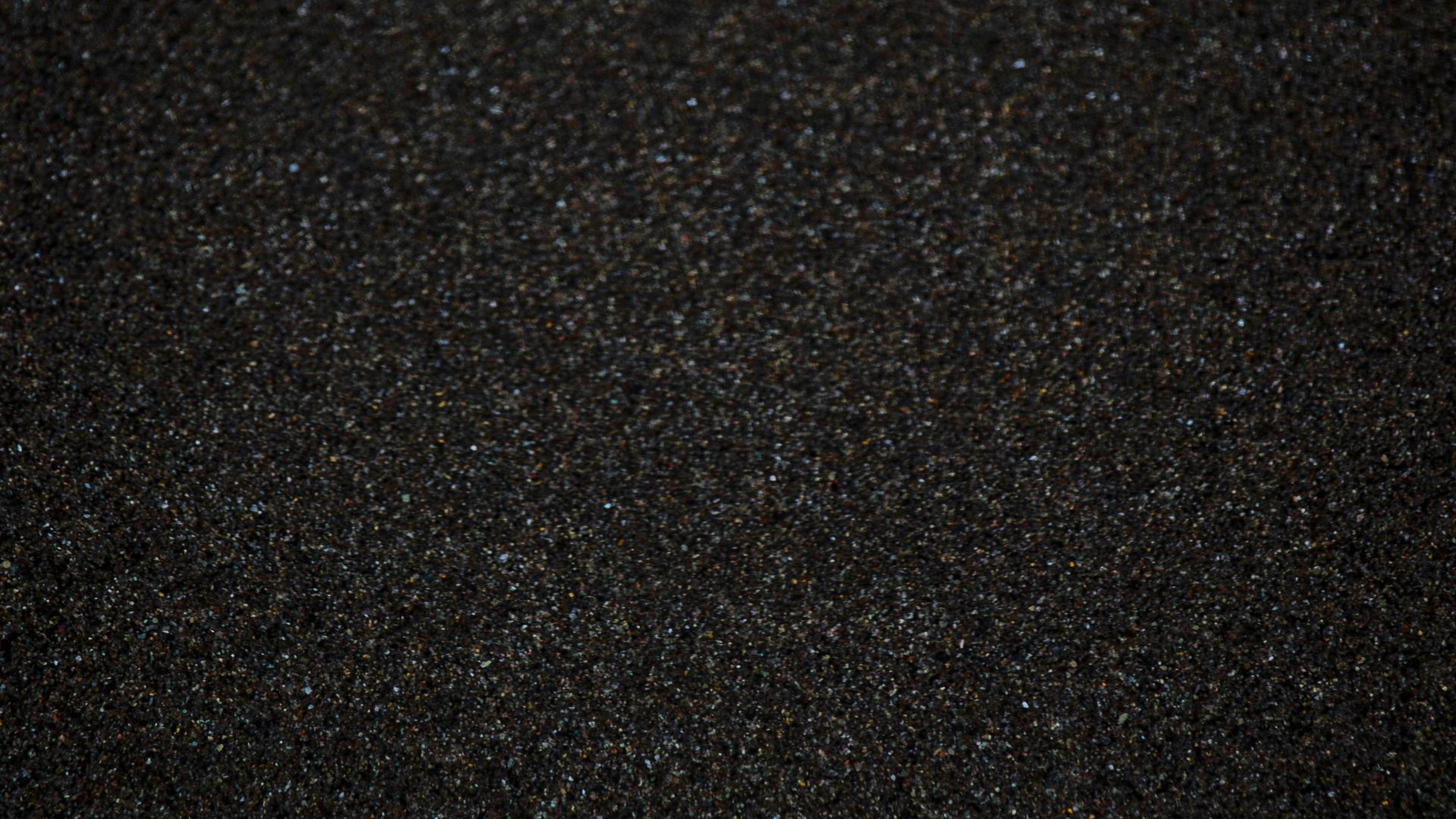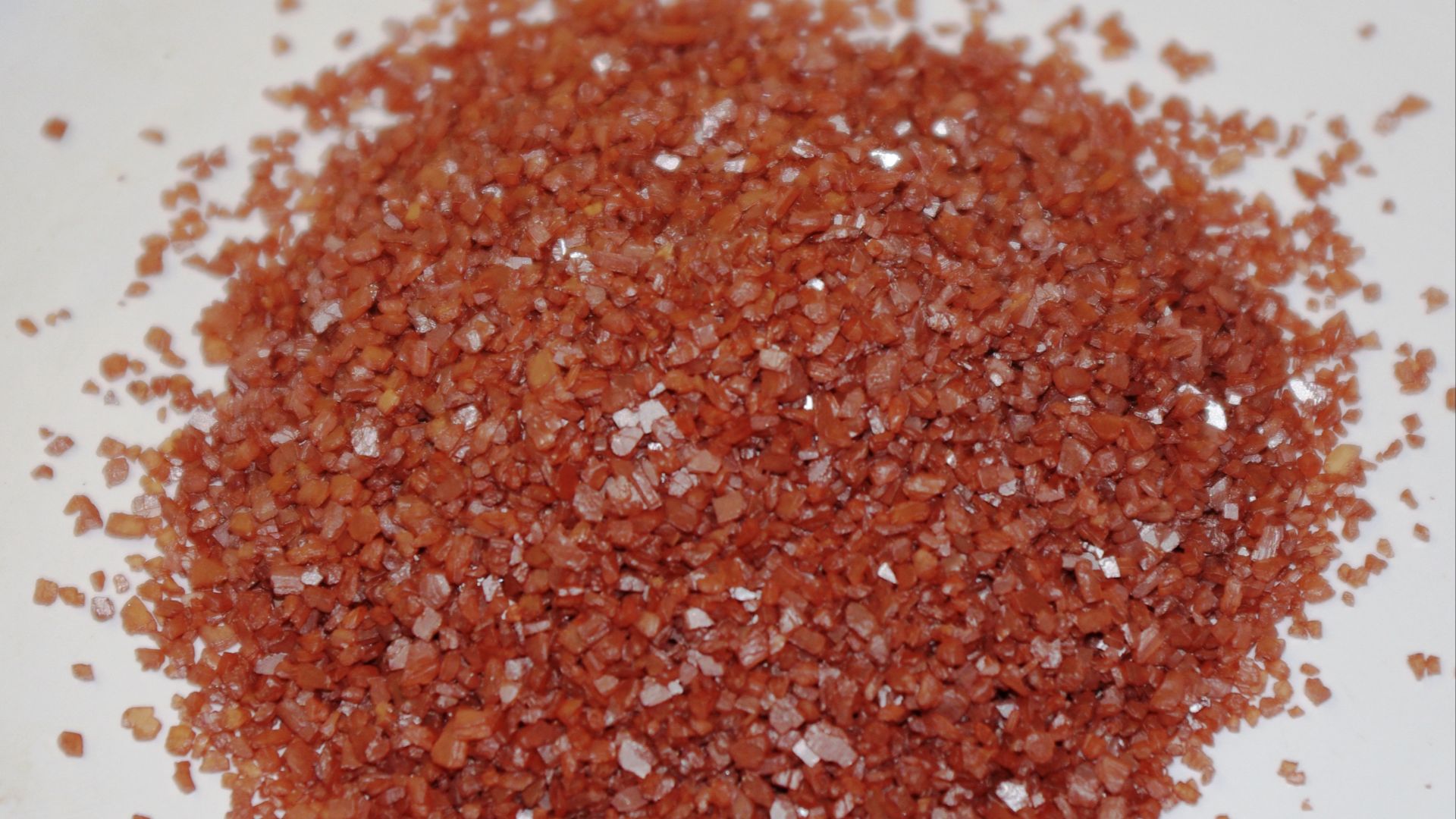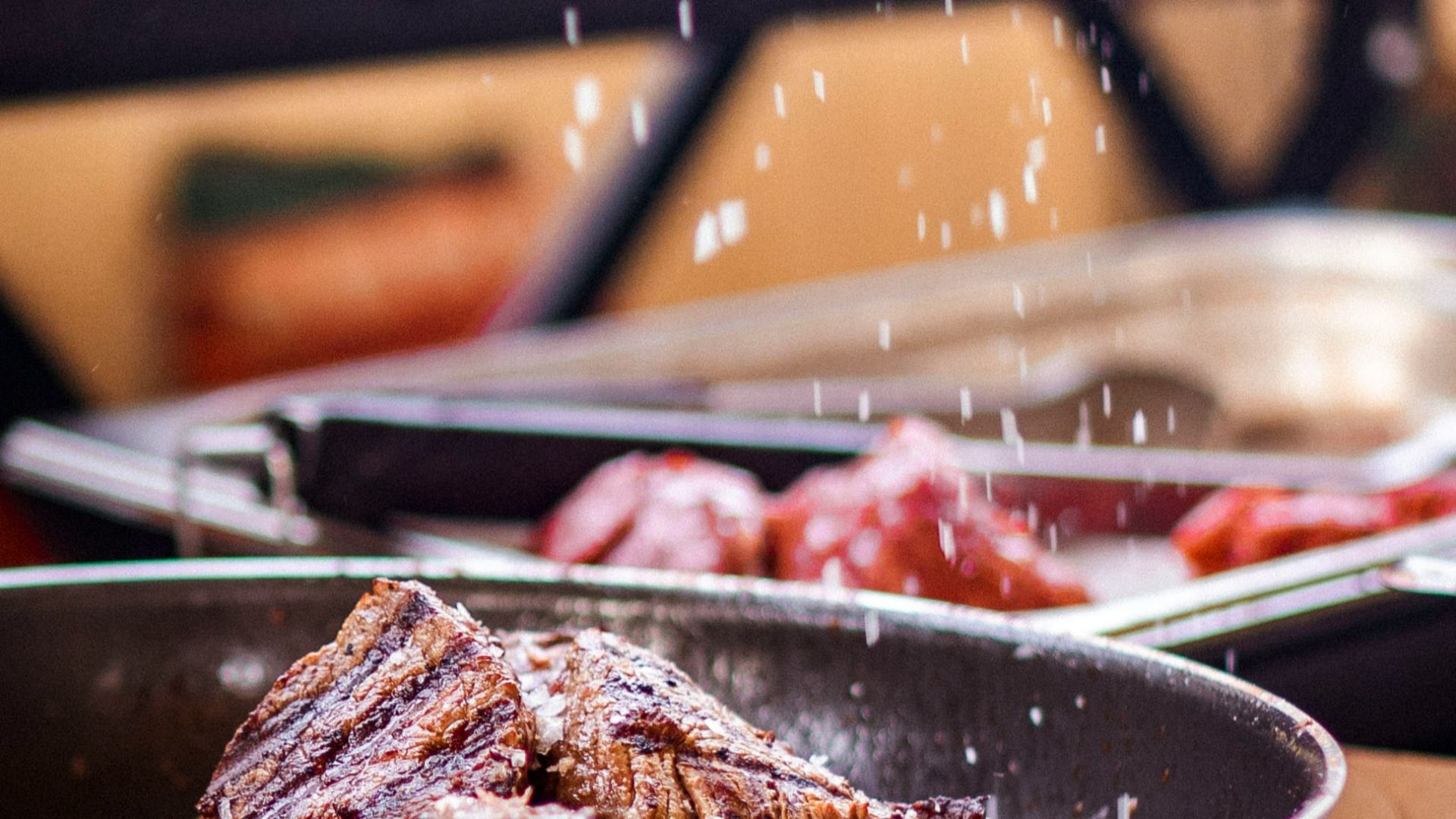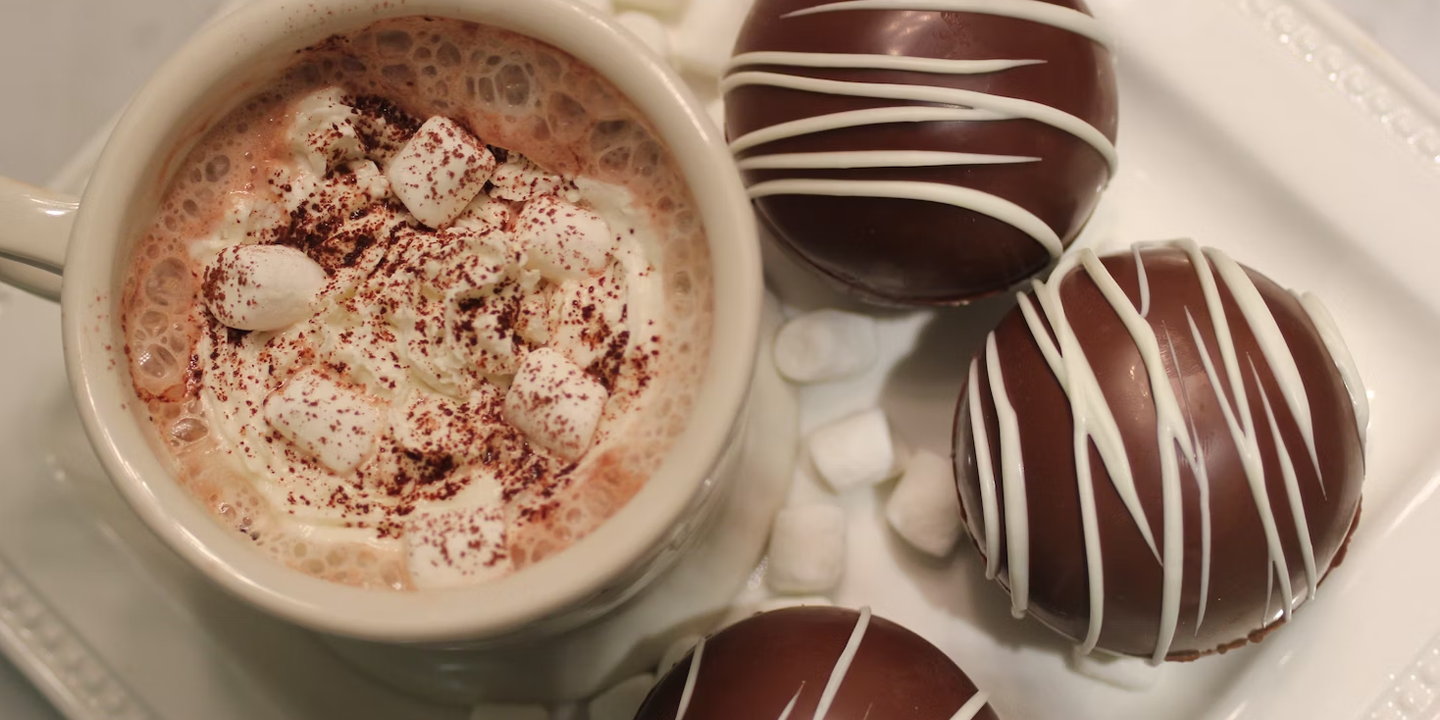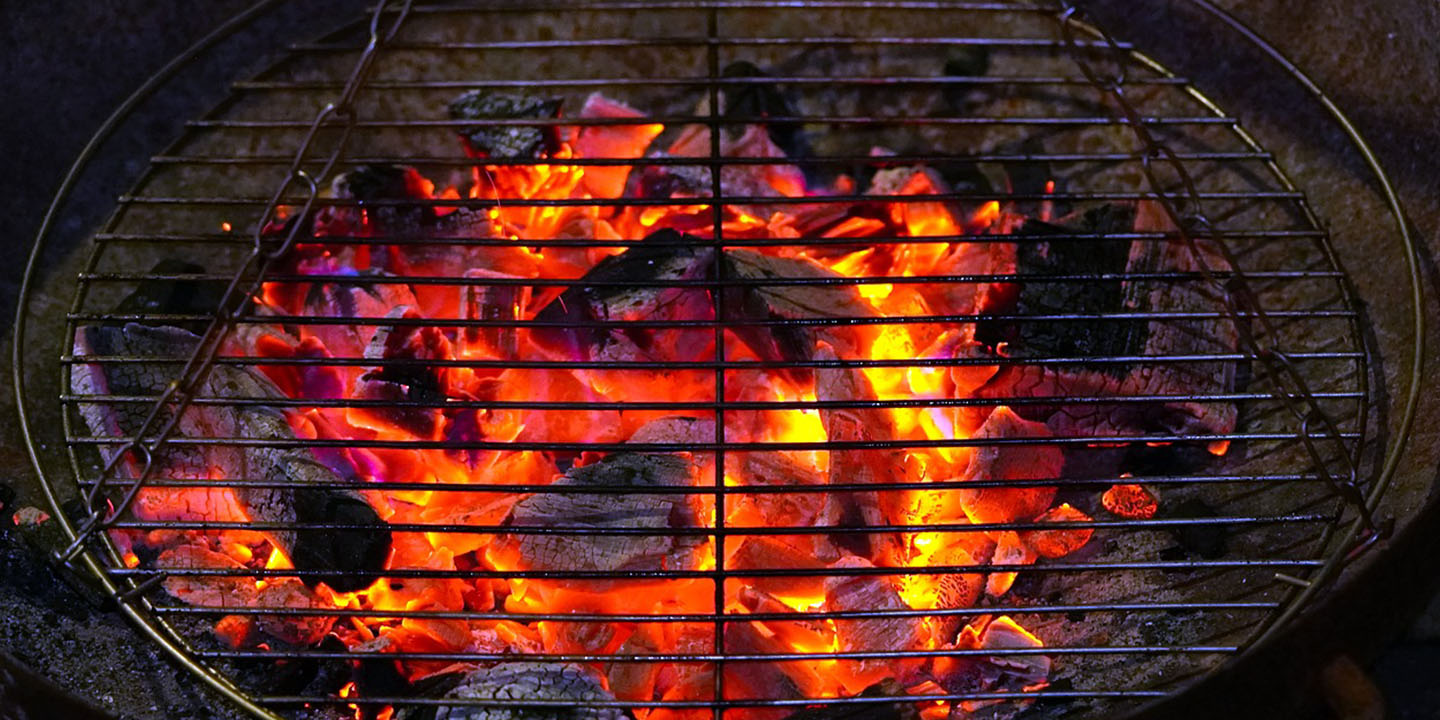10 Reasons People Care About Salt Types & The 10 Most Popular Kinds
Is All Salt Created Equal?
Have you ever been overwhelmed by all the different types of salt at your grocery store to the point where it's compelled you to pull out your phone and Google the differences? You're certainly not alone. Other than some containing slightly more minerals, all types of salt are more or less the same. The differences between them are more about visual appeal, taste, texture, and culinary uses. Here are 10 reasons people care about salt type and some of the differences between 10 popular kinds.
1. Texture
A lot of what makes the coarser salts interesting to people isn't the taste, but the texture. Salt sprinkled on top of baked goods, on salads, or as a garnish on dishes adds a pleasant crunch.
2. Flavor
Different salts contain trace amounts of minerals that can subtly affect flavor. Additionally, some salts have flavor added, such as smoked salts, zesty, or spiced salts.
3. Dissolving Speed
Dissolving speed is an important factor for certain dishes and baked goods. For example, when making bread, you don't want to mix coarse salt into the dough as it won't incorporate properly.
4. Mineral Content
Unrefined or mineral-rich salts are considered healthier because they contain minerals like magnesium and potassium. However, the difference is marginal.
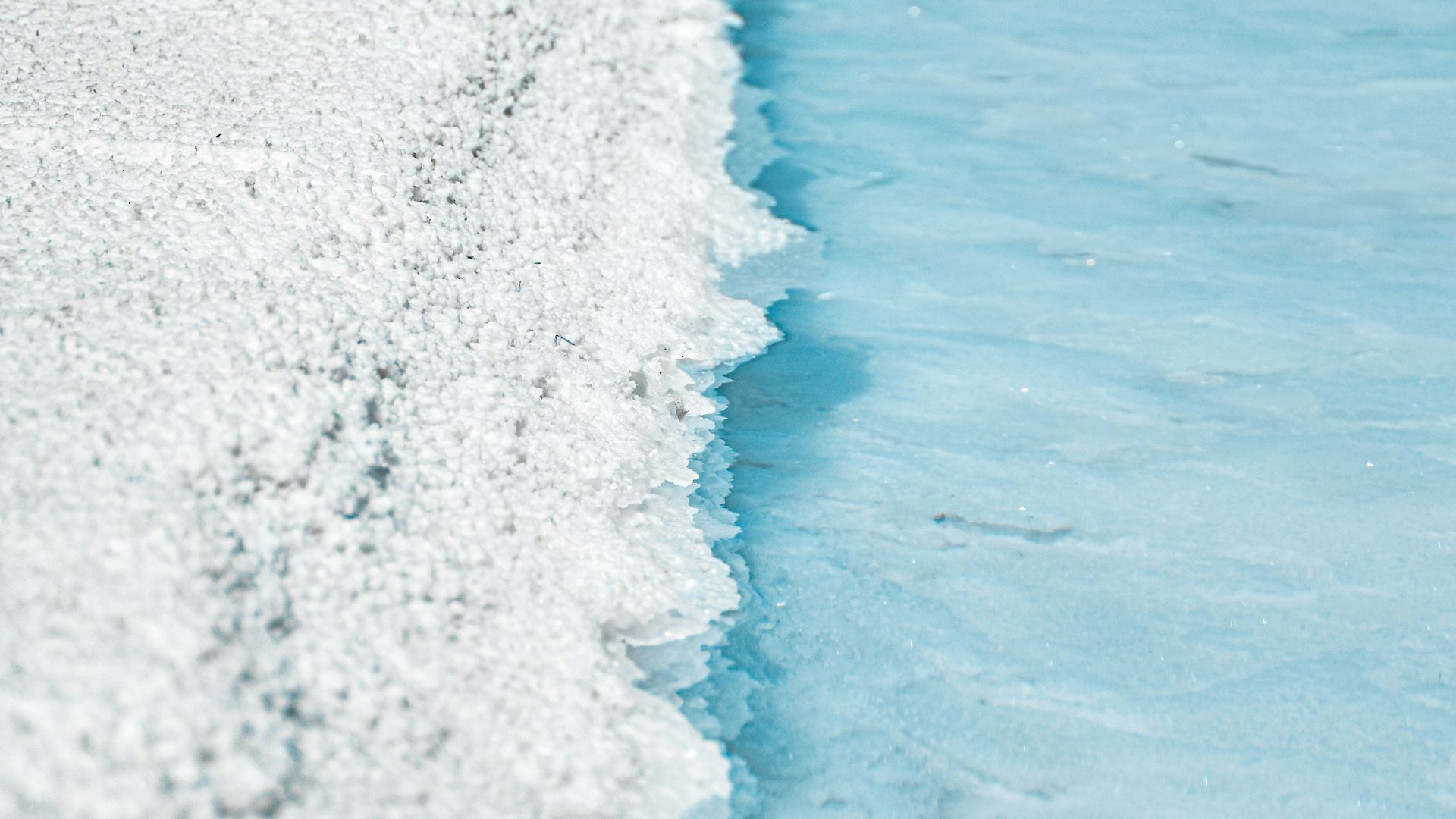 Lucas Leonel Suárez on Unsplash
Lucas Leonel Suárez on Unsplash
5. Purity
Heavily refined table salt contains anti-caking agents and additives, which some people prefer to avoid. Unrefined salts are unprocessed and don't contain additional ingredients.
6. Tradition
Some salts, like Japan’s moshio and France's fleur de sel, are tied to heritage and culinary identity. They impart a special regional flavor that you can't get from other salts.
7. Sustainability
The production of "normal" table salt is generally considered unsustainable because it disrupts Earth's natural salt cycle. Artisanal or solar-evaporated salts because they’re more eco-friendly.
8. Aesthetics
It may seem like a weird thing to say, but salt can be beautiful. Coarse salt flakes adorning a chocolate brownie, for instance, look like glistening tiny diamonds, contrasted against a dark background.
9. Cooking Precision
Different salts have different uses in the kitchen. For instance, many chefs prefer kosher salt because it's easier to pinch, sprinkle evenly, and measure accurately.
10. Iodine Content
Some people still prefer regular table salt over all this fancy mumbo jumbo because it's fortified with iodine. While it's not such a problem in North America, where many foods are fortified, iodine deficiency affects about two billion people worldwide and results in developmental disabilities.
Now that we've covered the main reasons people care about salt types, let's talk about the most popular kinds and their differences.
1. Table Salt
Table salt is the standard, fine-grained salt found in more households. It's highly refined and often contains anti-caking agents and iodine. It dissolves quickly, making it ideal for baking but less nuanced in flavor.
2. Himalayan Salt
Himalayan or pink salt is mined from ancient sea deposits in Pakistan. It's naturally pink from the iron oxide, making it striking and prized for its aesthetic quality.
3. Kosher Salt
Kosher salt is a medium-coarse salt, so-called because it's used for koshering meat. It's easy to pinch and control and is less salty by volume than table salt, so chefs love it for seasoning by hand.
4. Fleur de Sel
Arguably the classiest of salts, fleur de sel is a delicate hand-harvested sea salt from France’s coastal salt ponds. It's used exclusively as a finishing salt, prized for its complex, mild flavor with a hint of sweetness and minerality.
5. Celtic Sea Salt
Celtic sea salt comes from the coast of Brittany, France. It's gray, mineral-rich, and has a complex oceanic flavor that's ideal for finishing savory dishes.
6. Black Lava Salt
Black lava salt is a combination of sea salt and activated charcoal. It's jet-black with a smoky flavor, mostly used on meats and seafood for its aesthetic appeal.
7. Red Hawaiian Alaea Salt
Red Hawaiian Alaea salt is unrefined sea salt mixed with volcanic clay. It's earthy, rich in iron, and has a brick-red color. It's traditionally used in Hawaii for cooking specific pork and fish dishes.
8. Smoked Salt
Smoked salt is salt that's been cold-smoked over wood fires, usually hickory or oak. This adds a smoky element to dishes like roasted vegetables and meats, or even cocktails.
9. Maldon Salt
Maldon salt is distinct for its pyramid-shaped flakes, formed through slow evaporation, which add a satisfying crunch. It's ideal for sprinkling over cookies, steaks, or salads.
 Priscilla Du Preez 🇨🇦 on Unsplash
Priscilla Du Preez 🇨🇦 on Unsplash
10. Sea Salt
Sea salt comes from evaporated seawater. It retains trace minerals like magnesium and calcium and comes in fine or coarse textures, making it highly versatile.
KEEP ON READING



